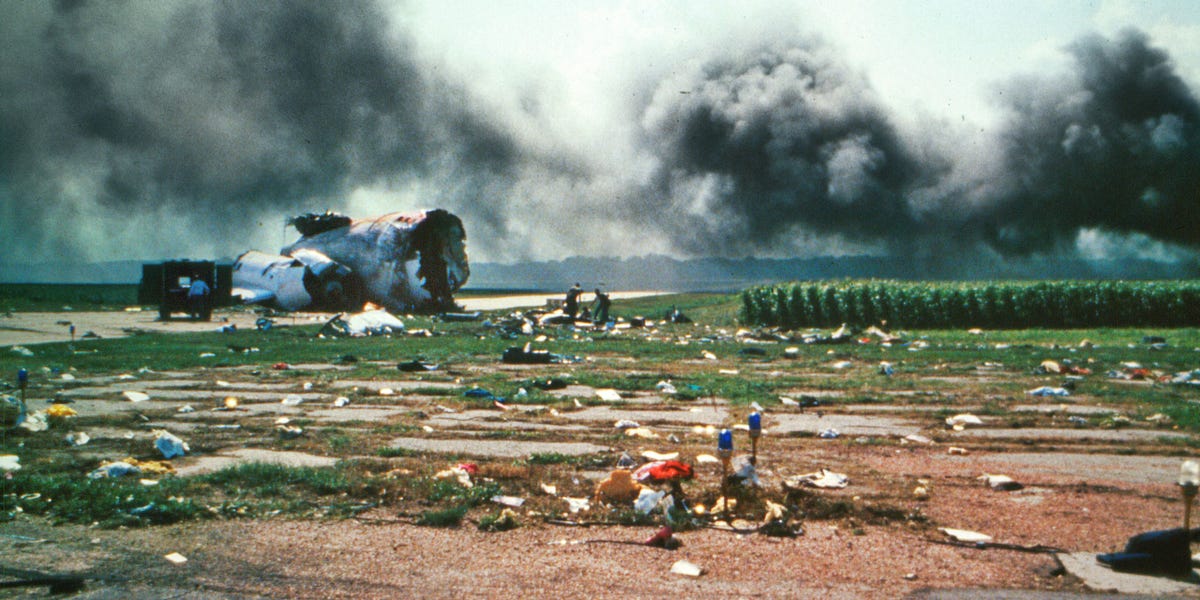I always daydream of this. If I were to have been a pilot in the era of tri jets, I would proabably have an irrational fear of the no 2 tail mounted engine having an uncontained failure. How often did this actually occur in all brands and models of aircraft?
Also I know very little about aviation other than what I read online, could a tri-jet operate with very low engine thrust on no 2 during cruise as to preserve the engine, or would this not be ideal?
Also I know very little about aviation other than what I read online, could a tri-jet operate with very low engine thrust on no 2 during cruise as to preserve the engine, or would this not be ideal?





